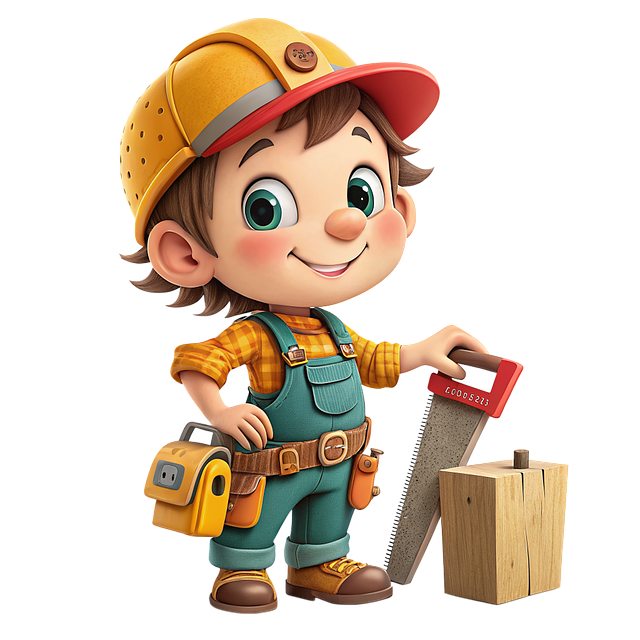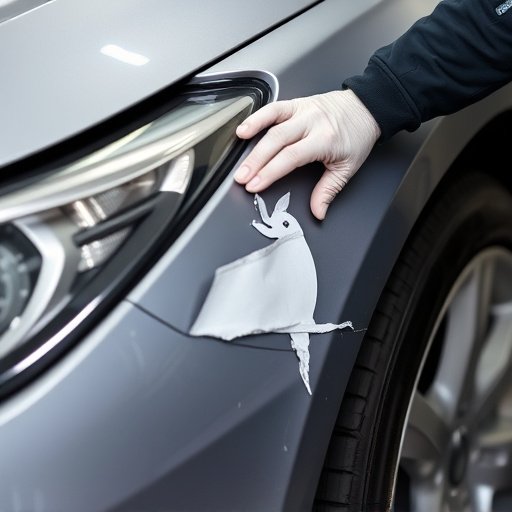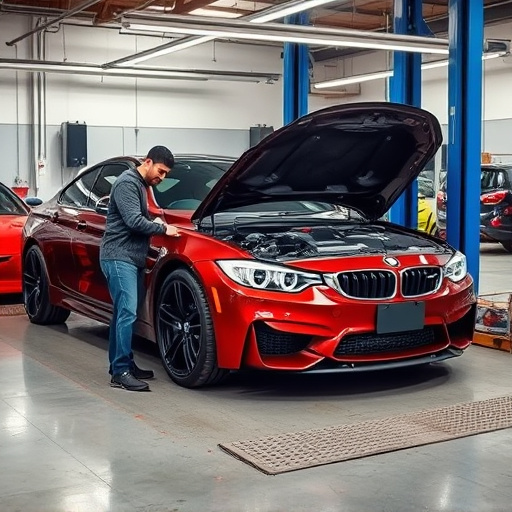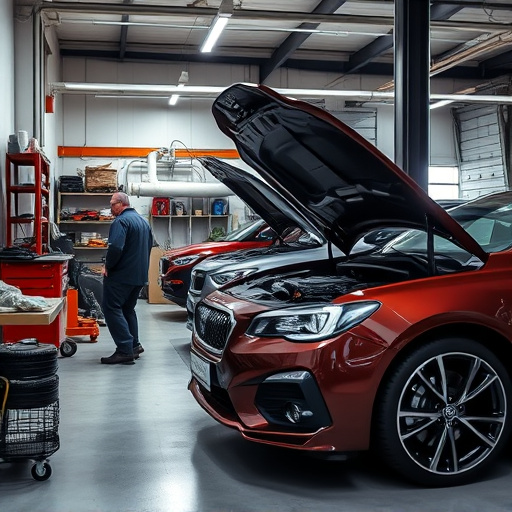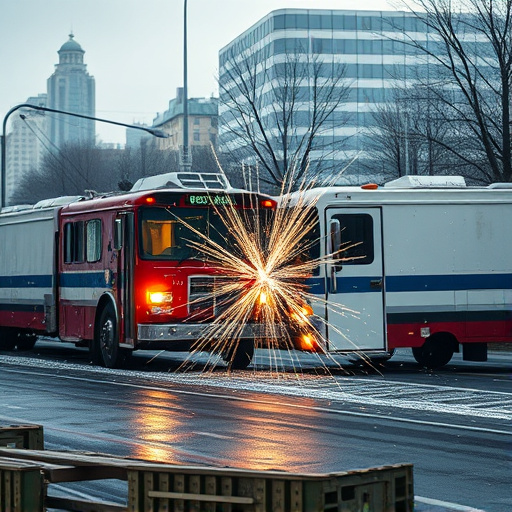Achieving precise original paint matching in car restoration requires understanding paint composition and using specialized tools to analyze and duplicate pigments accurately. Meticulous visual evaluation under natural light and with magnifying glasses identifies subtle variations for seamless blending. Advanced technologies like spectrophotometers measure and replicate paint codes, while skilled technicians use high-quality tools and frame straightening techniques for authentic results.
Uncover the secrets of achieving spot-on original paint matching with our comprehensive guide. From understanding complex paint compositions to mastering visual evaluation techniques, this article equips you with the knowledge to recreate authentic finishes. Discover powerful tools and resources that simplify the process. Learn how to interpret color and tone accurately, ensuring your repaints perfectly mirror the original. Elevate your skills in original paint matching and transform restoration projects into true works of art.
- Understanding Paint Composition for Accurate Matching
- Techniques for Visually Evaluating Color and Tone
- Tools and Resources for Spot-On Original Paint Recreations
Understanding Paint Composition for Accurate Matching
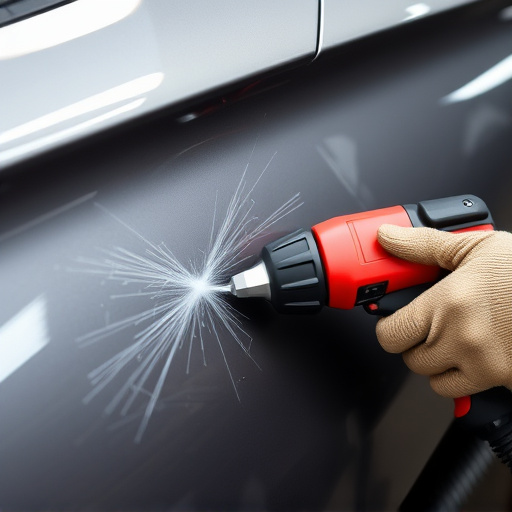
To achieve spot-on original paint matching during a car restoration or vehicle body shop work, understanding the composition of paint is paramount. Paint is composed of various pigments, binders, and additives that determine its color, texture, and durability. Each element plays a crucial role in creating the desired shade accurately. Pigments provide color, while binders hold the mixture together during application and drying, ensuring it adheres to the surface. Additives can modify properties like gloss, flow, and resistance to fading.
By knowing these components, technicians can make informed adjustments when mixing paint for a match. For instance, they can use specialized tools to analyze existing paint samples and identify specific pigments, enabling them to duplicate the exact color. This meticulous process, often combined with advanced technology, ensures that the repainted surface seamlessly blends in with the original, maintaining the vehicle’s aesthetic integrity—a key factor in successful auto glass repair and car restoration projects.
Techniques for Visually Evaluating Color and Tone

When aiming for spot-on original paint matching during auto maintenance or automotive repair, visual evaluation is a crucial step. Start by examining the damaged area under natural light, as this provides the most accurate representation of colors and tones. Use a 10X magnifying glass to inspect the surface closely, looking for any variations in pigment, texture, or shine that could indicate a mismatch.
Next, consider the context of surrounding paintwork. Compare the damaged area with adjacent sections on the car body. This comparative analysis helps identify subtle differences in color and tone, ensuring a seamless blend when matched with automotive repair techniques. Remember, achieving precise original paint matching requires meticulous attention to detail, making these visual evaluation techniques invaluable for top-notch car paint services.
Tools and Resources for Spot-On Original Paint Recreations

Achieving spot-on original paint matching requires a combination of skilled craftsmanship and specialized tools. One of the first steps in the process is gathering the necessary resources, which can range from traditional paint supplies to advanced digital technologies. For instance, a high-quality paint gun and precision masking tape are essential for achieving smooth, even applications. Additionally, a color scanner or spectrophotometer plays a crucial role in accurately measuring and duplicating original paint codes.
Professionals in the field of car bodywork services and collision repair centers often invest in these tools to ensure top-notch results. Frame straightening techniques, when combined with precise painting methods, further enhance the final product’s authenticity. By utilizing modern resources alongside traditional expertise, skilled technicians can recreate original paint matching that is virtually indistinguishable from the vehicle’s initial finish.
Mastering the art of spot-on original paint matching requires a deep understanding of paint composition, meticulous visual evaluation, and access to the right tools. By combining these key elements – from comprehending pigment blends to utilizing specialized resources – professionals can ensure precise recreations that perfectly mirror the original. This skill set is invaluable for restoration projects, ensuring historical accuracy and preserving artistic integrity for generations to come.

